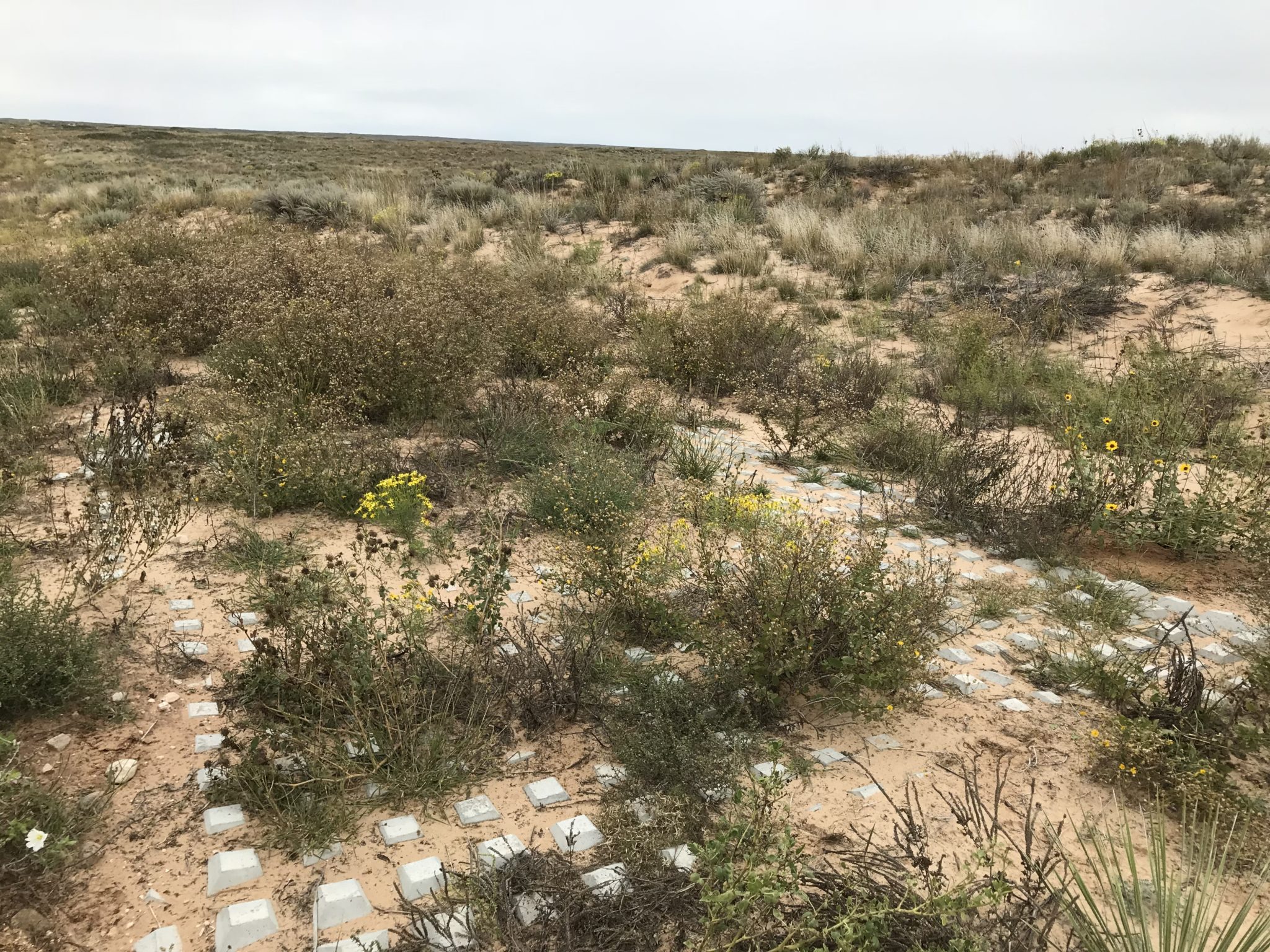Over the past 30 years, Submar has been the leader in pipeline erosion control, helping many companies working with oil and gas pipelines with their pipeline exposures and streambank stabilization concerns. One of the many ways Submar has helped companies is with its onshore and offshore articulated concrete revetment mats, but we know pipelines don’t only traverse marine environments; dry desert terrain has its own pipeline construction challenges.
Vegetation may have difficulty growing in sandy environments because of both the soil conditions and wind. With sand being blown around continually, root systems may struggle to take hold.
That’s where Armadune wind mats come in. Armadune helps companies who face erosion concerns in sandy, desert environments. These mats feature tapered cells that help to collect sediment in areas that are dry or sandy and an exterior excelsior matrix that gathers moisture. When the collected moisture combines with the sediment, plants and vegetation begin to grow.
Over time, vegetation will grow around the pipeline, thanks to the Armadune wind mats. Not only is the pipe protected from the sun as a result, but it is also protected from the elements, including harsh, grainy winds. Using Armadune wind mats at the beginning of your project would likely cut down on significant repair costs in the future.
Submar works with you to install your new Armadune wind mats. The mats typically are picked up with forks on a skid steer and straddle the pipeline before being set down. The mats are rolled out by hand and with the help of an excavator. A future improvement to installation will include rolling the wind mats on a tube and using spreader bars in order to avoid rolling by hand.
For more information on how these Armadune wind mats can help your project, visit our products page.


